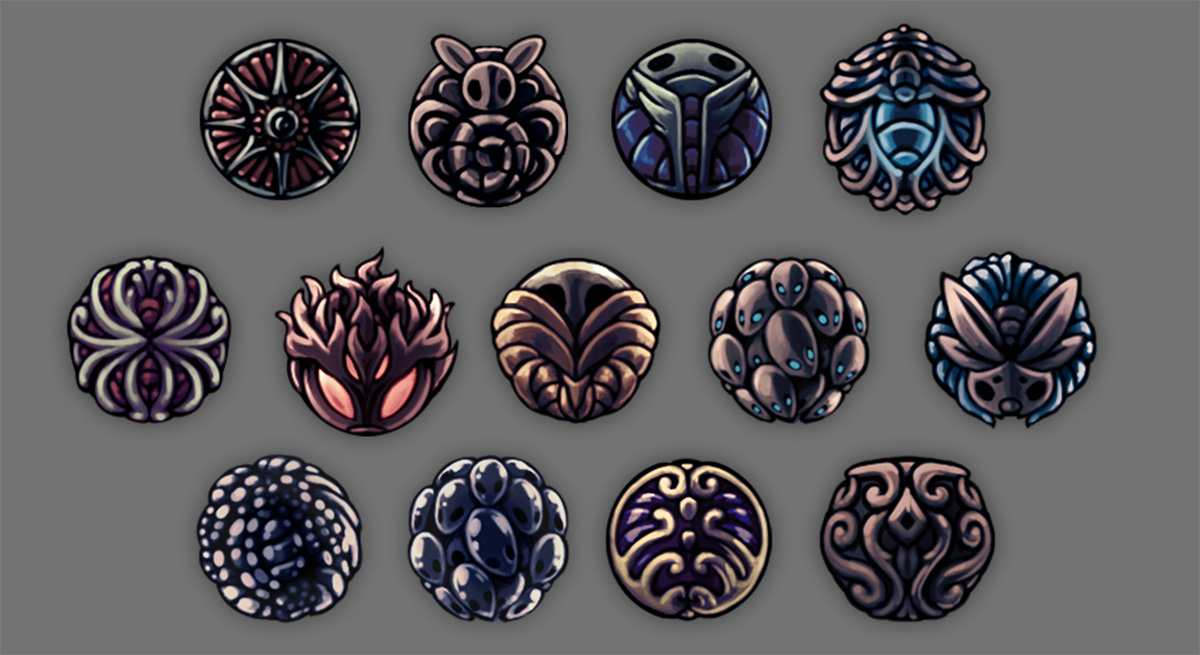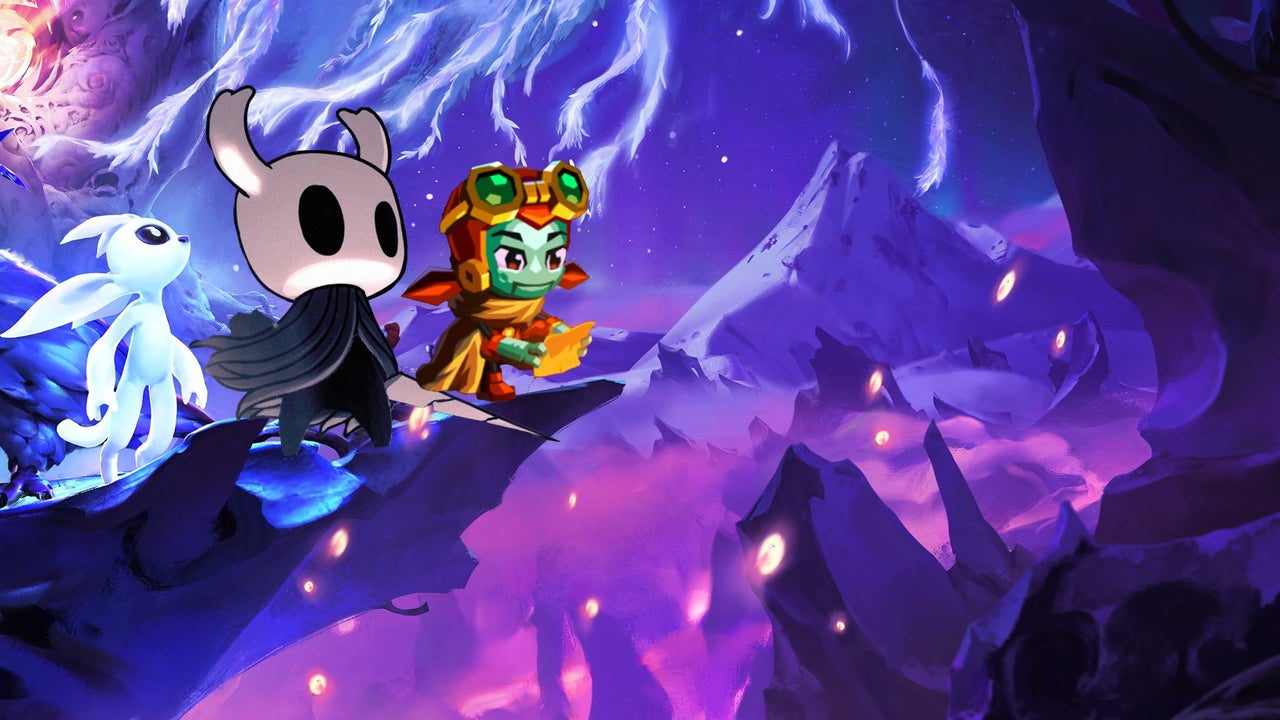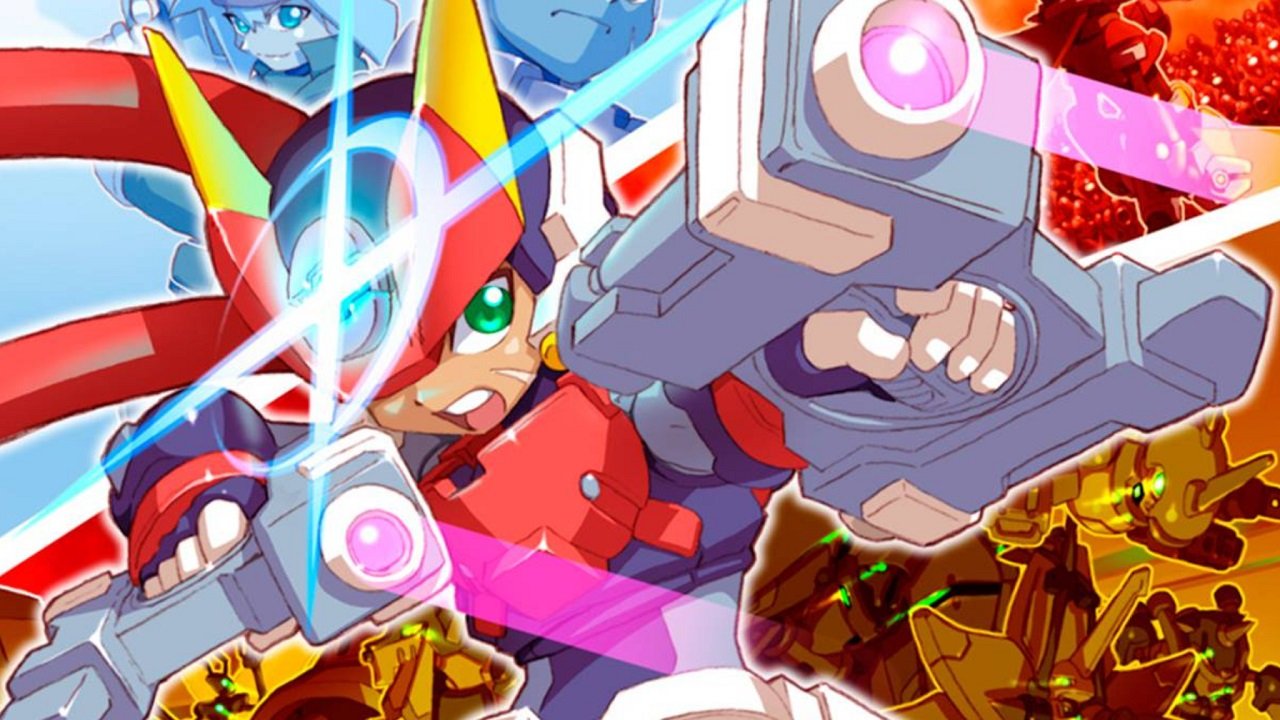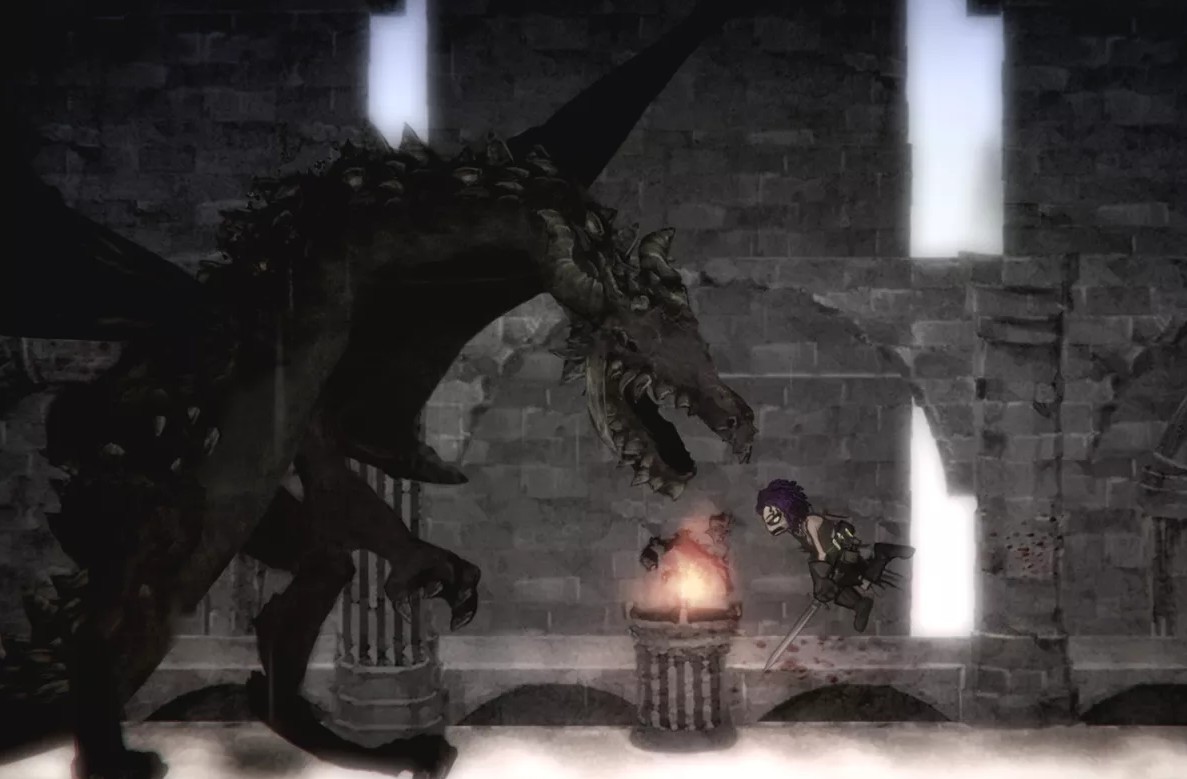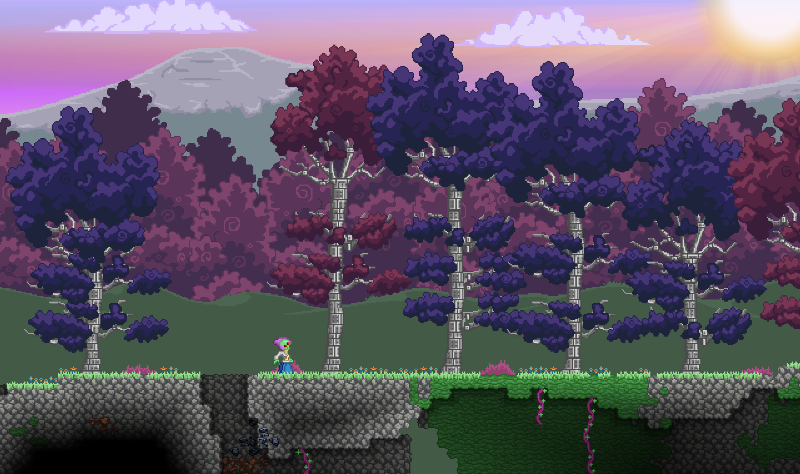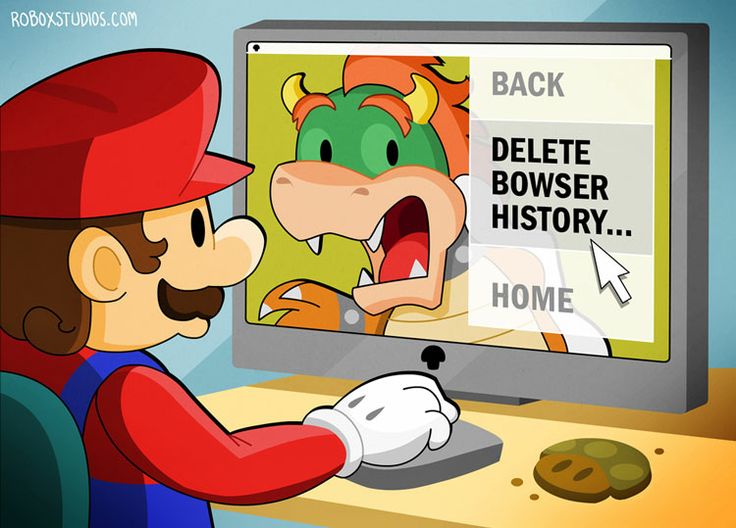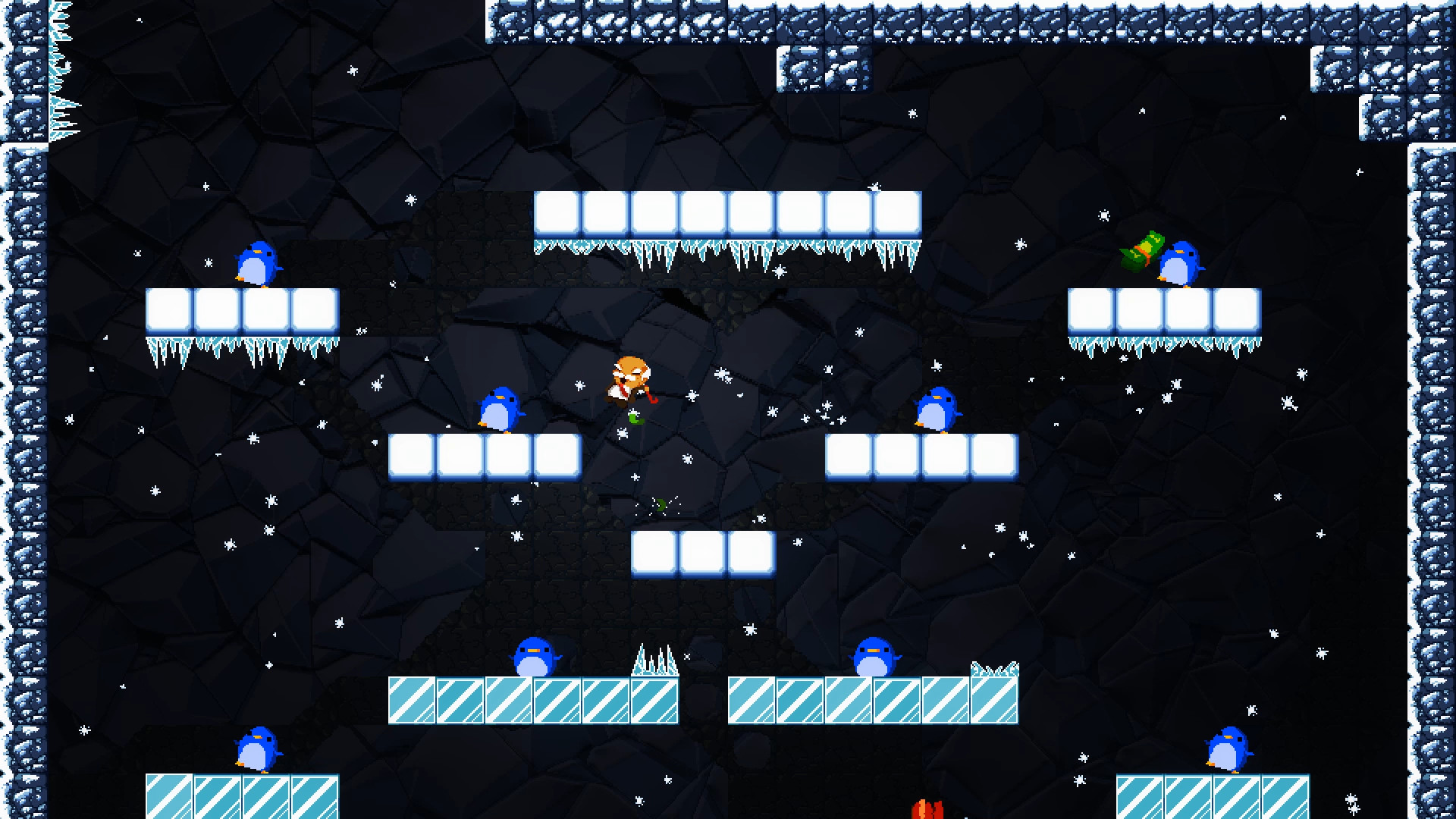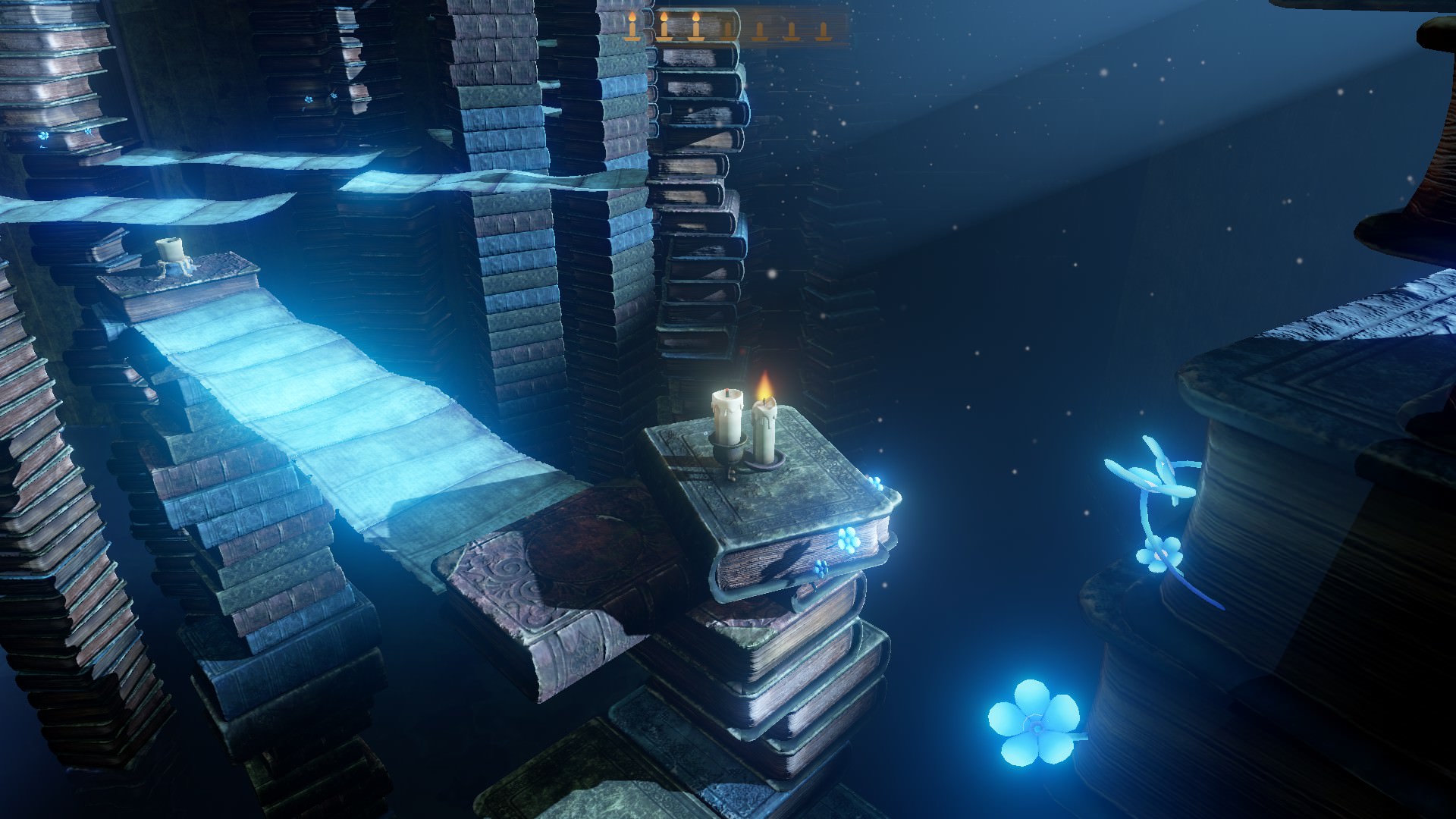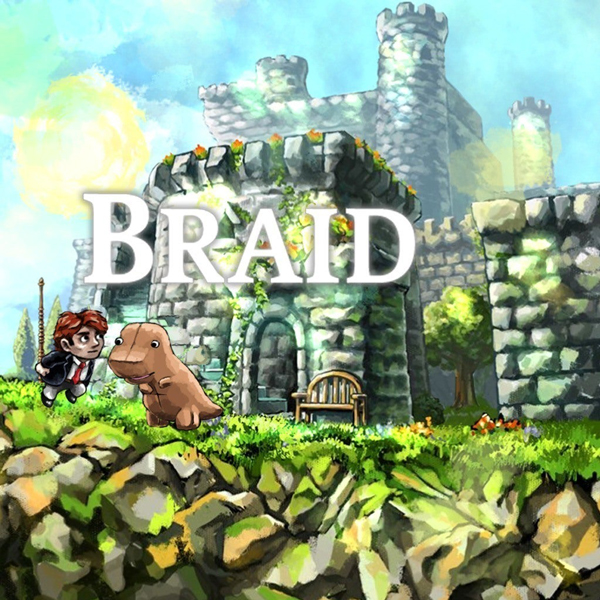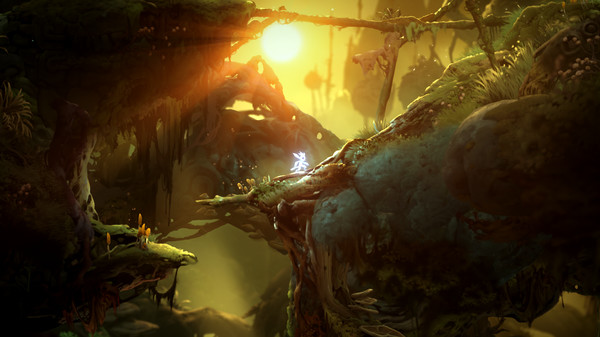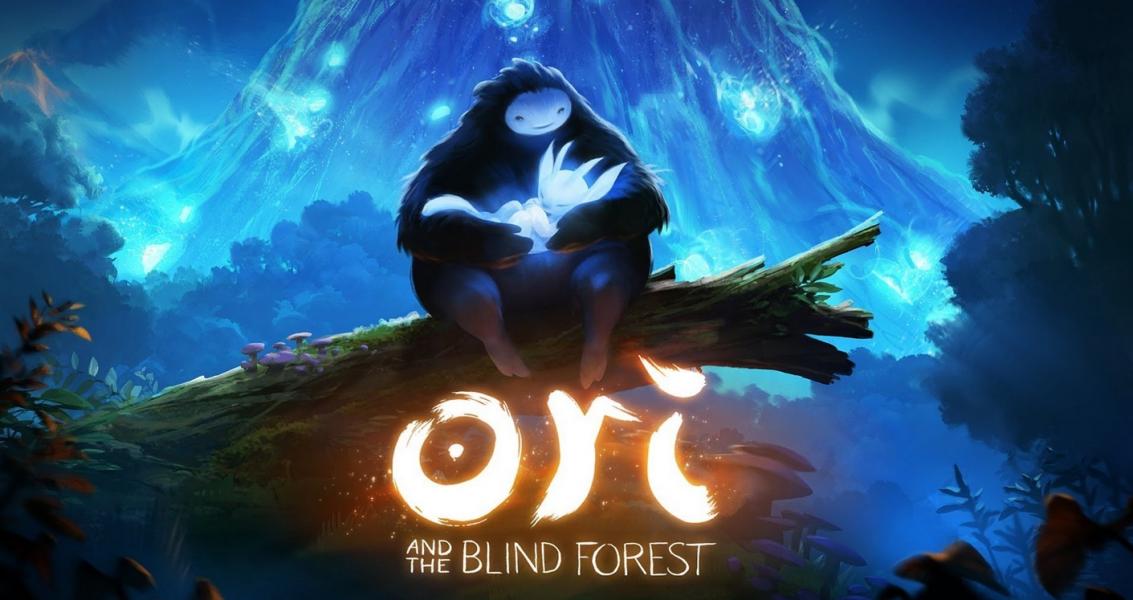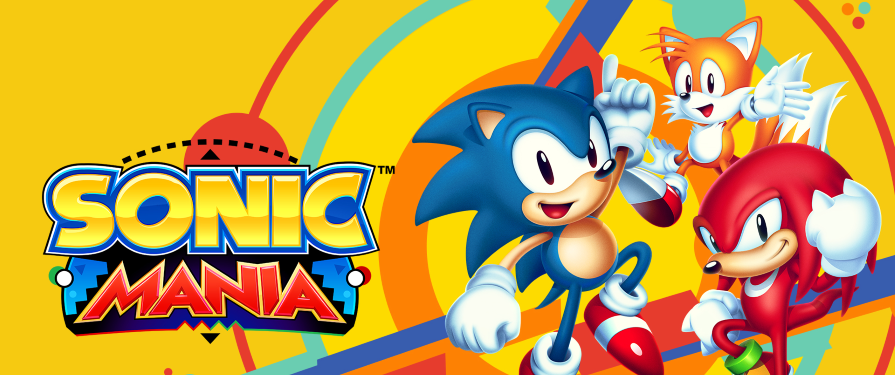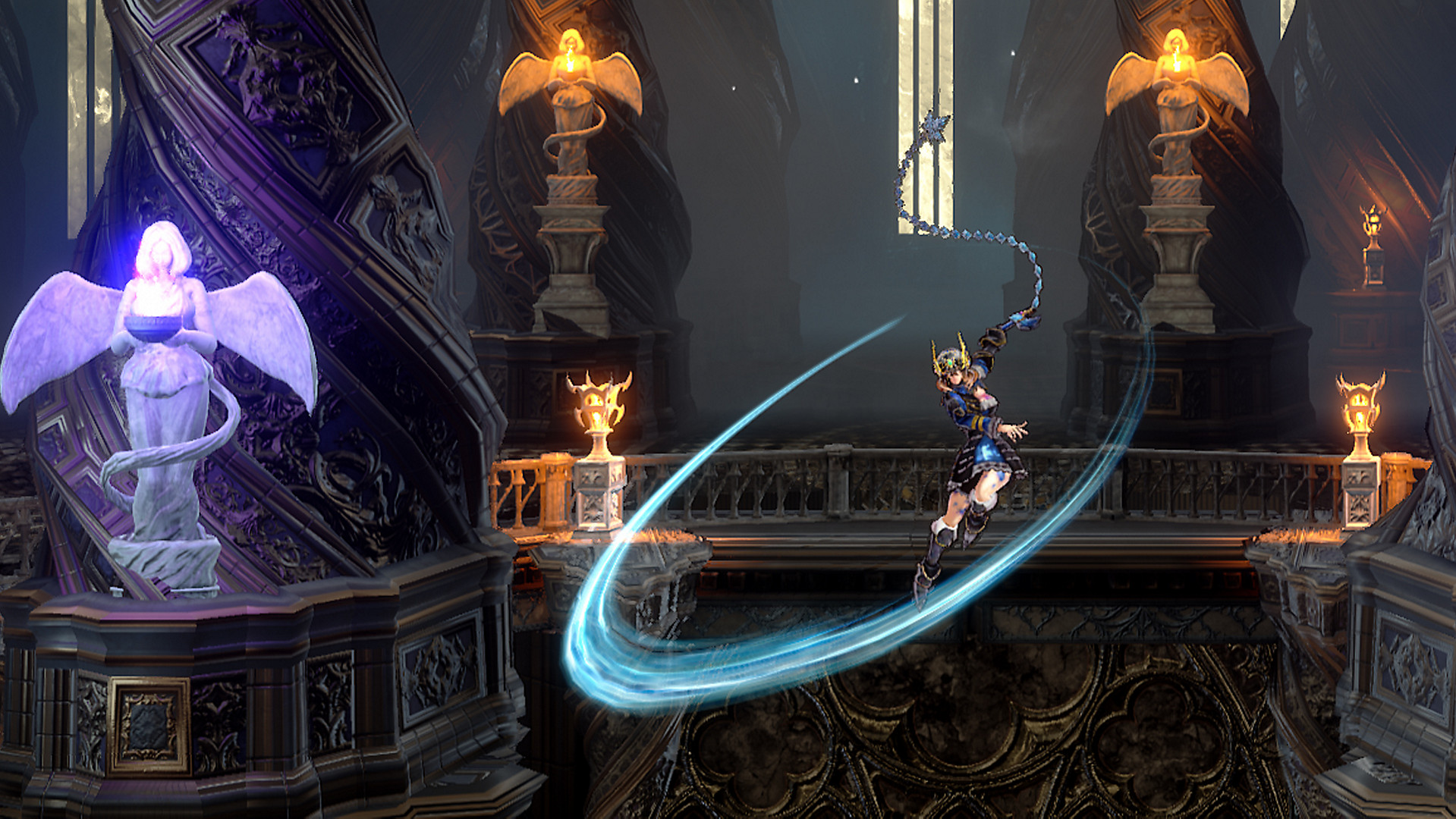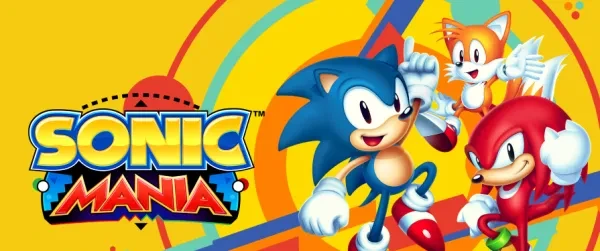
These Are The Best Platformers on Steam
Since the domination of Nintendo on the console space since the 1980s, every major platform has featured this genre in some form, in some capacity, and as is usually the case, some of the games on a respective platform come from this genre.
Here is a list of the 10 best platforming games available on PC, and particularly, on the Steam service.
This list will be showcasing them in alphabetical order, as one’s tastes and interests may differ.
10: A Hat in TimeStarting off our list is the precious platformer, A Hat in Time. Originally a Kickstarter pitch to see if there was an audience for the early 2000s mascot platformer that focused on sandbox environments bathed in collectables, the game feels like a throwback in the most positive sense.
While traversing the universe, the protagonist, Hat Kid, stops by a nearby planet and decides to visit it for a while, only for the planet’s mafia to demand a payment of some kind. Hat Kid, refusing to do so, gets punished by the mafia as they steal her Time Pieces, which she uses to navigate her ship, so it’s up to her to travel across the planet, collecting them and ultimately to travel back to her home.
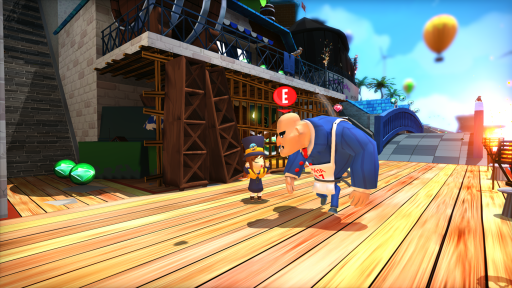
Hat Kid talking to one of the Mafia in Mafia Town.
A Hat in Time is a charming game, one that you learn very early on was created by people who have a passion for this type of game. Interestingly, this is also a title that supports the Steam Workshop, so the community has expanded upon the game with mods, changes, and most interestingly, new levels, which gives it a level of longevity very few games in this genre actually offer.
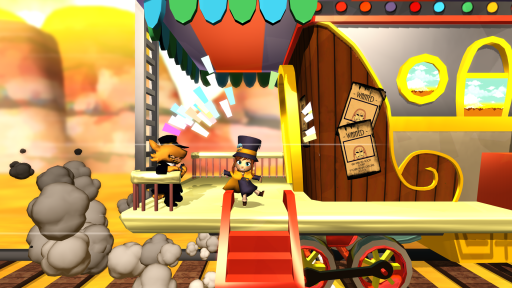
Hat Kid getting onboard a train for her globetrotting adventure.
9: Bloodstained: Curse of the MoonSimilarly to A Hat in Time, Bloodstained was also a Kickstarter project, and perhaps most famous for being the second largest crowdfunded video game on the platform, beaten only by Shenmue III.
However, this isn’t even the main Bloodstained project; that’s a Metroidvania game. Instead, this is an 8-bit throwback title offered as a Kickstarter goal.
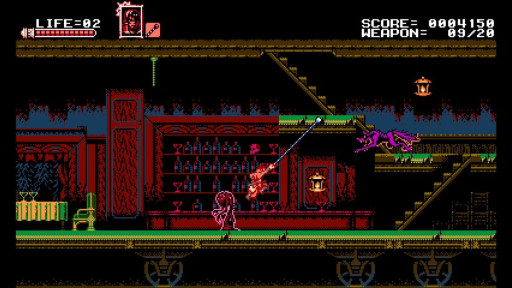
Zangetsu fighting on a train, running on the power of a captured Miriam.
Primarily inspired by the NES game Castlevania: Dracula’s Curse, Bloodstained: Curse of the Moon is a deliberate homage to the early Castlevania games of that era. You play primarily as Zangetsu, a hunter of demons, as he explores England to traverse to a castle that houses Gremory, its apparent ruler.
Along the way, players have a choice to pair up with other characters along the way, each trapped by Gremory. First is Miriam, protagonist of Ritual of the Night and the staple whip wielding character who seems deliberately taken from older Castlevania games. Additionally, Alfred, an alchemist, and Gebel, a corrupted friend of Miriam, also appear as would-be allies.
Players can choose to have these characters alongside Zangetsu, choose to kill them to obtain their souls for additional powers, or choose to spare them and continue the journey alone, all of which drastically change the way the game and its endings unfold.
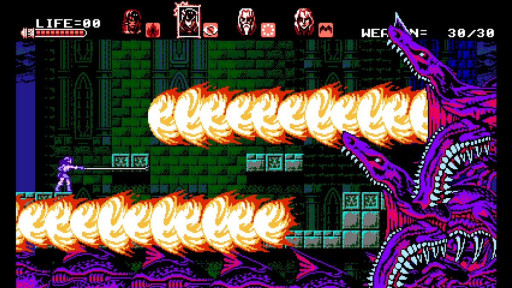
Miriam fighting Valac, one of the demons on the way to the castle.
8: CupheadPerhaps the most popular game on this list, Cuphead is known for two things. The first is its gorgeous artstyle, taking the idea of a “living cartoon” truly come to life. The second thing it’s most known for, especially on the internet, is its brutal difficult. Being a game that’s a throwback to action shooter games like Contra and Metal Slug, it’s a game bathed in challenge, in boss memorization, and designed around principles where failure puts you back at the starting line.
Unlike most games listed here, however, Cuphead is primarily focused on boss fights; there are platforming stages, but most stages are merely focused on the bosses and that alone, with the platforming stages being optional and designed to get more out of the game than just fights.
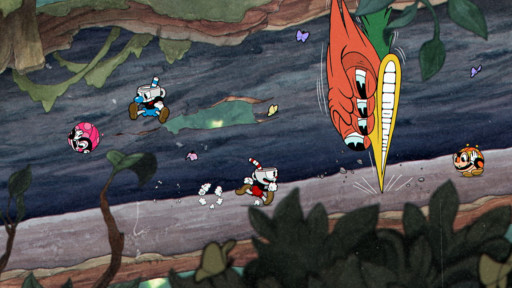
Cuphead and Mugman exploring one of the games platforming stages.
Cuphead and his friend Mugman, the games playable duo, make a gamble at the Devil’s Casino to try to gain riches, but risk forfeiting their souls to the owner of the Casino, the Devil. Of course, they fail to gain said riches, and in order to obtain free their souls from the Devil’s contract, they must do his bidding by defeating creatures in the world who similarly owe debts to the Devil.
Cuphead is perhaps even a deeper throwback to older, more retro-styled games than Bloodstained: Curse of Moon. It’s easy to provoke interest because of how unique it looks, but it is hard to recommend with ease, largely due to the seriously high difficulty curve it has. If you’re someone who gets frustrated at obstacles that feel like walls to overcome, Cuphead may not be a cup you’d like to drink from.

Cuphead and Mugman battling Cala Maria
7: FezFez is a very unique game. On the surface it looks like a very simple 2D platformer, but the big hook about this game is you actually move the 2D landscape in a 3D manner. Gomez, the playable character, lives in the 2D plane until he obtains a red fez, and after obtaining this, a hexahedron appears to break the spacetime of Gomez’s world.
What breaks is the limitations of the 2D plane, allowing Gomez to explore his world in 3D, by allowing the landscape to turn around as if it were a cube.

Fez’s unique look really makes the game standout.
You navigate a 2D space, but the game actually exists in a 3D world that you manipulate to further progress and obtain collectables. The game is absolutely cryptic on its approach; there are no enemies, no bosses, no way of dying, and no dialog.
The entire game is focused on platforming and using the 3D mechanic to solve puzzles. In this sense, it allows players to explore more openly and to mess about, and its lack of direct challenge or threat may seem slightly off putting for players who want a game with more “focus” in a narrative sense, Fez is more of a platforming experience than a platforming game with a goal, an enemy, or a target to accomplish.
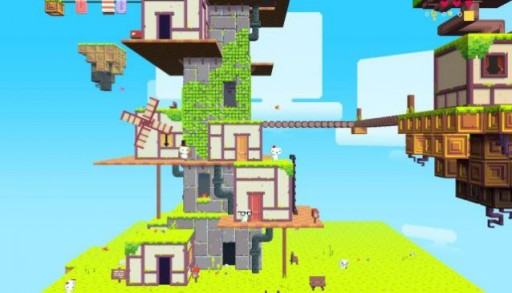
Showing off the 3D mechanics, Gomez explores the world by “turning” it, like it’s a cube.
6: LimboSimilarly to Fez, Limbo is more aptly regarded as an experience and less of a “game” in the sense there’s no mythology, no core goal, no defined character. In fact, the boy you play as doesn’t have a name, and it’s not explained what his purpose is. All you know is he awakes in a forest referred to as an “edge of hell” looking for his sister.
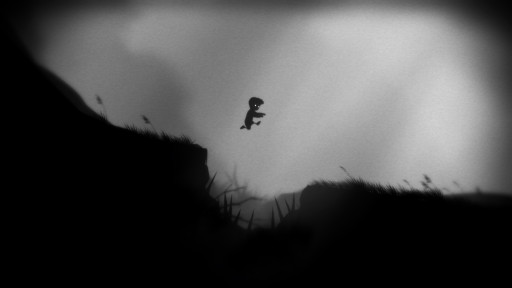
Limbo’s art style really helps encapsulate it as an experience; there’s no HUD to speak of.
Limbo focuses on traditional platforming tropes like jumping and puzzle solving. There’s no combat to speak of, so when dealing with enemies, they are seen as a form of puzzle solving, for outright assault is a non existent option.
It’s hard to pin this one down, as it truly feels like “art as a game” instead of what we might traditionally expect of a game, so if one is looking for something more experimental and less cut out of an established mold, especially compared to the other games listed here, this is perhaps a significant title to consider.

Even enemies are seen as puzzles to solve.
5: Rayman LegendsRayman has often been regarded as one of the best platforming franchises ever created, regardless of platform. Since its resurgence in 2011 with Rayman Origins, the new Rayman games have stood out for their amazing art style, their fluid controls, and their interesting level designs. Rayman Legends, the sequel to Origins, is essentially just Rayman Origins but much more interesting.
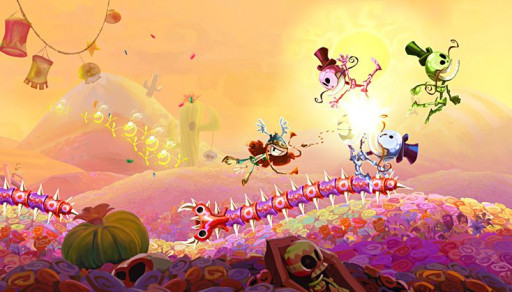
Rayman Legends has musically themed levels designed around you jumping and attacking to the beat in the background.
If Origins was a “reboot” or a “return” to the series, Legends is what happens when you extend on those ideas. Rayman and his pals have been asleep for a century since the events of Rayman Origins, while the antagonist from that game, the Magician, has survived and abducted princesses, forcing Rayman and crew to wake up from slumber, defeat the Magician again, and rescue the princesses.
This extension from the predecessor title is not just in story, but in gameplay. Each stage is much more interesting in terms of look, feel, and approach to Origins, and feels like its been crafted with much more depth and breadth that is truly remarkable to experience.
Considered by some to be one of the best platforming games to ever be released, Rayman Legends stands out remarkably high, not only from its series of consistently good platforming games, but platformers in general.

Rayman Legends features four player co-op for the main game, and is only one of two games on this list to do so!
4: Shovel KnightOnce again, we have another Kickstarter game, and once again, it’s a Kickstarter standout. Shovel Knight was perhaps the first majorly Kickstarted game that really delivered the goods to what its target audience wanted.
Inspired by retro platformers in a more general sense than Bloodstained: Curse of the Moon, Shovel Knight -- or as it’s now called, Shovel Knight: Shovel of Hope -- is a mixture of Super Mario Bros 3, Mega Man, and Ducktales. Shovel Knight and his love interest, Shield Knight, explore a cursed place referred to as the Tower of Fate.
Amidst their exploration, Shield Knight finds a cursed amulet, and in becoming cursed, becomes trapped in the tower. Feeling defeated and dejected by what happened, Shovel Knight lives in exile, only for an empress named the Enchantress to take over the land, while also unlocking the Tower of Fate.
Once learning of this, Shovel Knight sets out to stop the Enchantress and hopes to rescue Shield Knight.
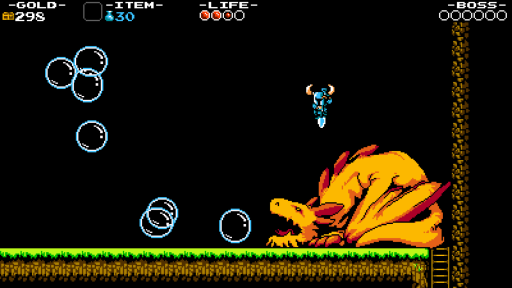
Shovel Knight, quite literally, uses his shovel to progress.
While the game is inspired by older titles, the game is more properly designed based on the imaginations and ideals players had to those types of games, as it has features and functions that legitimately couldn’t be performed on retro machines. Additionally to the tried and true platforming formula of the main game, there exists three separate DLC campaigns that expand in the world of Shovel Knight, complete with new movesets, new protagonists obstacles, and even bosses.

Each stage presents its own look, feel, and obstacles to navigate, with all of the characters.
3: Sonic ManiaThe original Sonic the Hedgehog games of the 1990s are considered some of the best games of that era, and arguably of the entire series. The franchise has struggled since the Sega Dreamcast to really capture that level of quality, with games getting close, games missing the mark by a good deal, or having games be released that are considered some of the worst games of the year. Sonic Mania simultaneously feels like a deliberate sequel to those earlier games, an act of apology for the series own shortcomings, and arguably, the best game in the franchise.
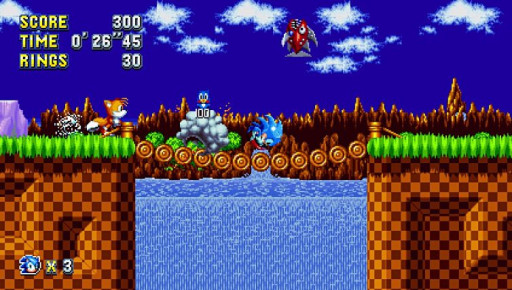
Sonic Mania features a lot of returning zones and locations, but they often include new ideas and approaches to them.
Sonic Mania is a direct sequel to Sonic 3 & Knuckles, often regarded as the best game in the series. Sonic and Tails are aware of a powerful energy source on Angel Island, the setting of the prequel game, and set off to find out what’s going on, only to uncover Dr. Eggman having found an item known as the Phantom Ruby, allowing the manipulation of space and time. Upon using it, it sends Sonic back to the past -- to the first stage in the original Sonic the Hedgehog game -- as he tries to defeat Eggman and his plans to control the world.
Sonic Mania is one half throwback in a literal sense by playing on stages, themes, and gimmicks of the original 16-bit titles, complete by using their zines, and the other half is playing on those themes and concepts with original ideas. For example, the first stage of Green Hill Zone plays much like it did in the original game, but the second stage is all new, using the concepts found from the first stage in different ways. It’s in a sense a remix of sorts, though there are new areas, albeit far too few that the feeling of it retreading old ground takes over.
As a direct sequel to arguably the best game in the series, fans now argue not if Sonic Mania is merely the best game since that title, but if it’s dethroned that classic as the best game in the series. This is a well refined platformer that absolutely nails the DNA of the franchise it’s working with.
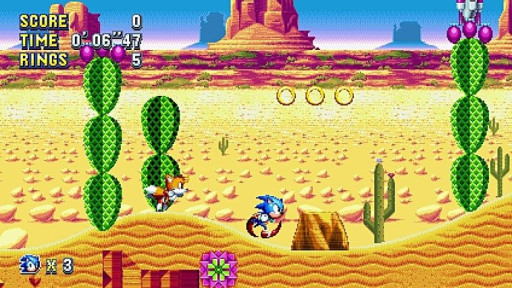
The new zones are wonderful, and there should have been more of them!!
2: SpelunkySpelunky is the only game on this list that’s also a roguelike, which means when it comes to focused level design, it comes off a bit lacking, but this is made up by the sheer fact that you’re always promised a varied experience. The goal of the game is to explore and collect as much treasure as you can get, but it’s also important to not get greedy, because you only have one life. If you die, that’s it; your adventure’s over, and you have to start all over again.
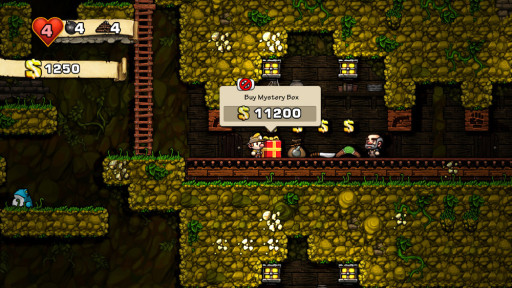
Every route is different, so you need to plan accordingly. Do you save the money to buy items, or do you steal them and have the merchant want your life for the rest of the run?
Similarly to Rayman Legends, Spelunky features four player co-op, and even a deathmatch mode, but what makes the PC version much more appealing to potential fans is mod support. There exists a mod titled Frozlunky which mods in online multiplayer, custom made levels, and leaderboard support. If you wish to have more openness to your platforming experience in terms of possibilities and encounters, this game goes pretty deep.

You can use bombs to blow up new pathways through the areas.
1: Super Meat BoySuper Meat Boy is a game that needs little introduction. Supposing it does, however, it’s a game focused on pure platforming, for mistakes are often rewarded with quick deaths, quick revives, and an immediate return to action, because the stages are designed to be short and focused. The difficulty in Super Meat Boy is high, perhaps as high as even Cuphead, but you often don’t lose minutes of progress but moments of progress. Razor sharp focus in control always means any mistake that happens is one of input from you, not from the game lagging or anything of the kind.
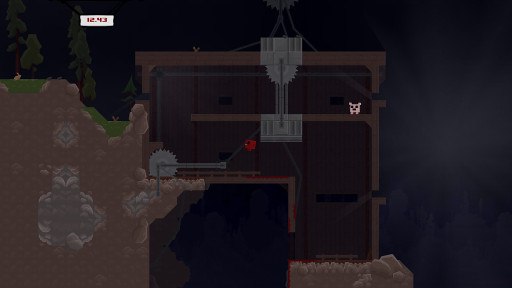
While the goal may be in reach, it’s the obstacles that will make quick work of you if you’re not careful and focused.
The premise of the game, as usually is the case for these games (and this list) is the usual “rescue someone by the evil big bad boss of the game” theme. In fact, the ire in Meat Boy’s eye, Bandage Girl, is often the goalpost for most levels. It’s largely an excuse to justify all of the challenging platforming and bosses you have to go through, which is the real bread and butter to this game.
If Cuphead is a game designed to push you in boss fights, Super Meat Boy is a game designed to push your execution in various platforming scenarios. The ceiling constantly stays high on challenge, and that’s just the main game; hidden, unlockable levels also exist which raise the stakes further, as well as supporting community curated content as well.

The variations of scenery and obstacles always keeps you on your toes, never letting the experience become dry or samey.
Also be sure to check out:
